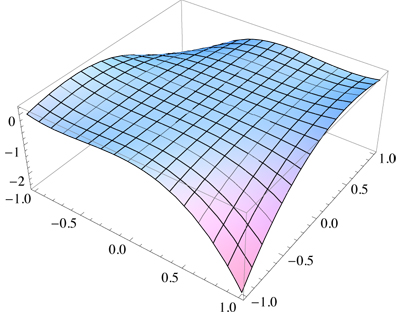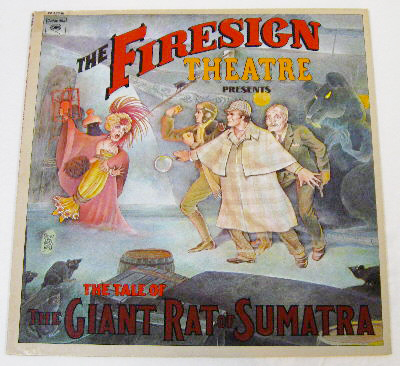I would be grateful for explanations of the issues raised in any of these three questions, or pointers to the relevant literature (now updated with answers):
- How did a particular singularity come to be known as The Giant Rat of Sumatra?
Answer: Named by Bruce & Giblin after a Sherlock Holmes reference, as explained by Michael Biro and Daniel Moskovitch. - What is the generic polynomial form of this singularity?
Answer: $f_a(x,y)=x y(x-y)(x-a y)$ for a parameter $a$. This from Daniel Moskovitch's answerDaniel Moskovitch's answer to the MO question, "What are some examples of colorful language in serious mathematics papers?" Here is a plot for $a=\frac{1}{4}$. Despite its formidable name, the singularity appears rather tame to the eye:

- Is there some natural equivalence relation that classifies all the giant-rat singularities
into the same class (unlike Arnold's $\cal{A}$-equivalence, which in my [limited] understanding,
does not).
Answer: On p.199, Bruce & Giblin say that the polynomial above "gives uncountably many inequivalent types" (for different parameters $a$). They address my question of another equivlance relation: "topological equivalence is too weak to provide a workable theory... Instead one has to work with 'universal stratified equivalence'," a theory due to Eduard Looijenga. They go on to say, "Even for the giant rat of Sumatra one has little idea what these models are. The world is indeed not yet prepared for its story." :-)
I ask this as someone largely ignorant of singularity theory. Thanks for enlightening me (and other MO participants)!

